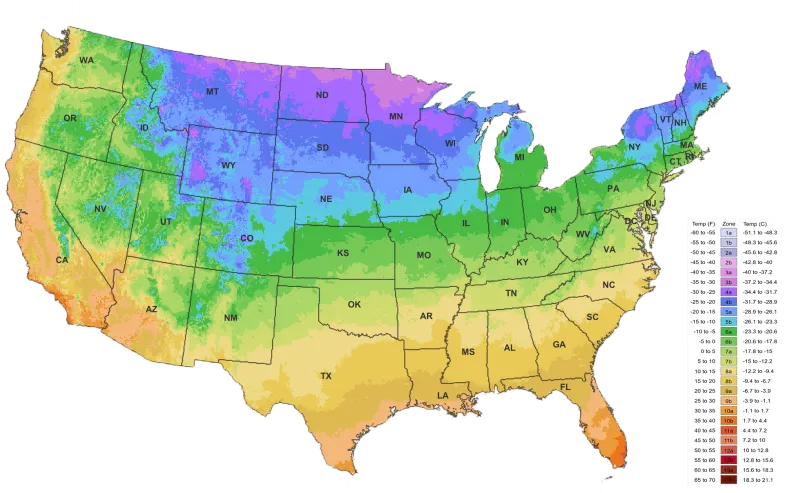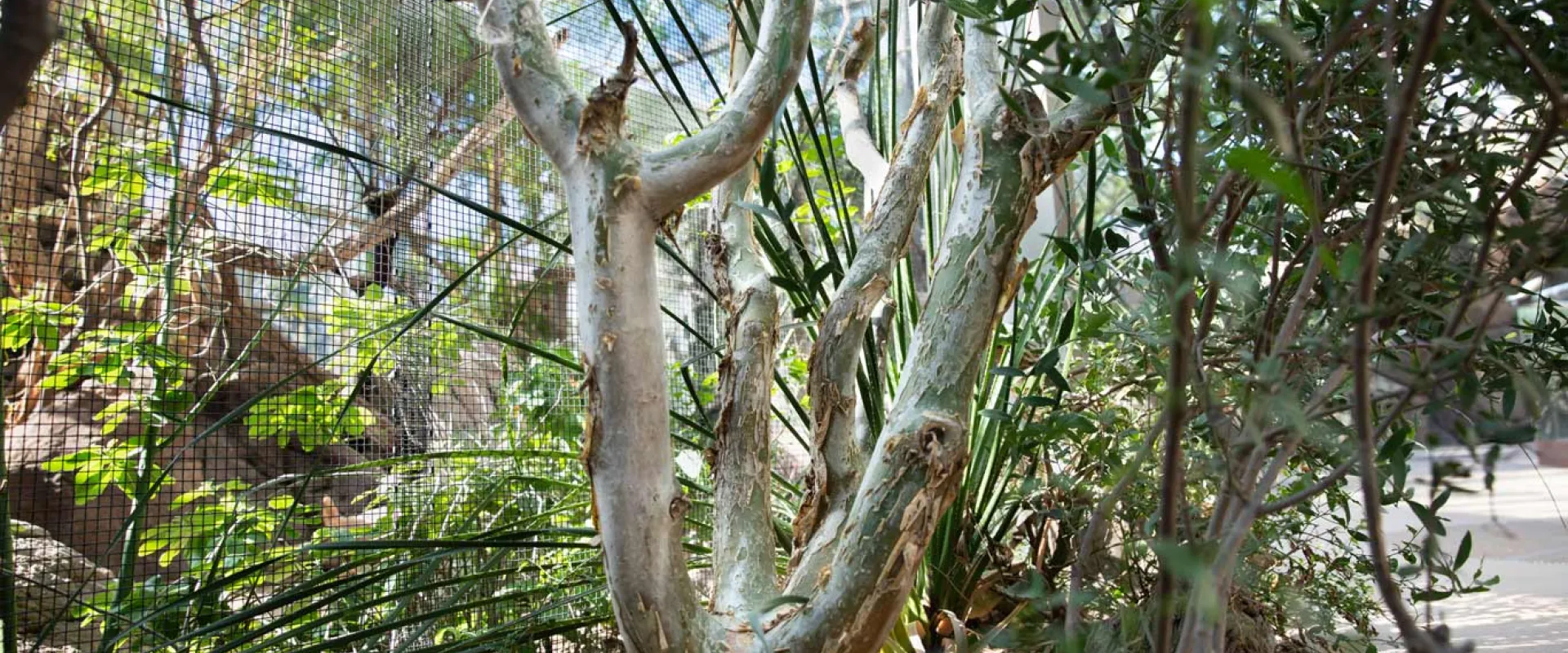About:
What desert tree looks as though it is sunburned due to its red, peeling bark? Learn more about Turpentine Tree.
Bursera simaruba
The USDA Plant Hardiness Zone Map is the standard by which gardeners and growers can determine which plants are most likely to thrive at a location. The map is based on the average annual minimum winter temperature, divided into 10-degree F zones.

10b (35 °F to 40 °F)
11a (40 °F to 45 °F)
11b (45 °F to 50 °F)
12a (50 °F to 55 °F)
12b (55 °F to 60 °F)
Endangered Status
- Not Evaluated (NE)

